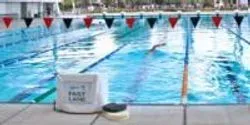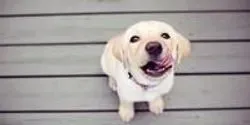Biological Sciences

A team of researchers from the National University of Singapore (NUS) has developed the world’s first fluorescent sensor to identify the presence of a drug known as GHB that is commonly used to spike beverages. When the sensor is mixed with a sample of a beverage containing GHB, the mixture changes colour in less than 30 seconds, making detection of the drug fast and easy.

A waste product from making paper could yield a safer, greener alternative to the potentially harmful chemical BPA, now banned from baby bottles but still used in many plastics. Scientists made the BPA alternative from lignin, the compound that gives wood its strength, and they say it could be ready for the market within five years.

Roy Curtiss III, a scientist at the Biodesign Institute at Arizona State University, has been selected as the 2014 recipient of the Lifetime Achievement Award from the American Society for Microbiology (ASM).

Sanitary-minded pool-goers who preach “no peeing in the pool,” despite ordinary and Olympic swimmers admitting to the practice, now have scientific evidence to back up their concern. Researchers are reporting that when mixed, urine and chlorine can form substances that can cause potential health problems. Their study appears in the American Chemical Society journal Environmental Science & Technology.

A Florida State University scientist is part of a team of researchers that has developed a non-invasive way to "light up" animal cells, a development that could significantly advance cell-based therapies and pave the way for more effective cancer research in the long run.

As stem cells continue their gradual transition from the lab to the clinic, a research group at the University of Wisconsin-Madison has discovered a new way to make large concentrations of skeletal muscle cells and muscle progenitors from human stem cells.

A University of Texas Southwestern Medical Center study has identified a new potential therapeutic target for controlling high blood sugar, a finding that could help the estimated 25 million Americans with type 2 diabetes.














